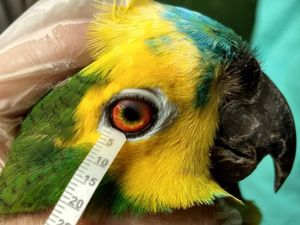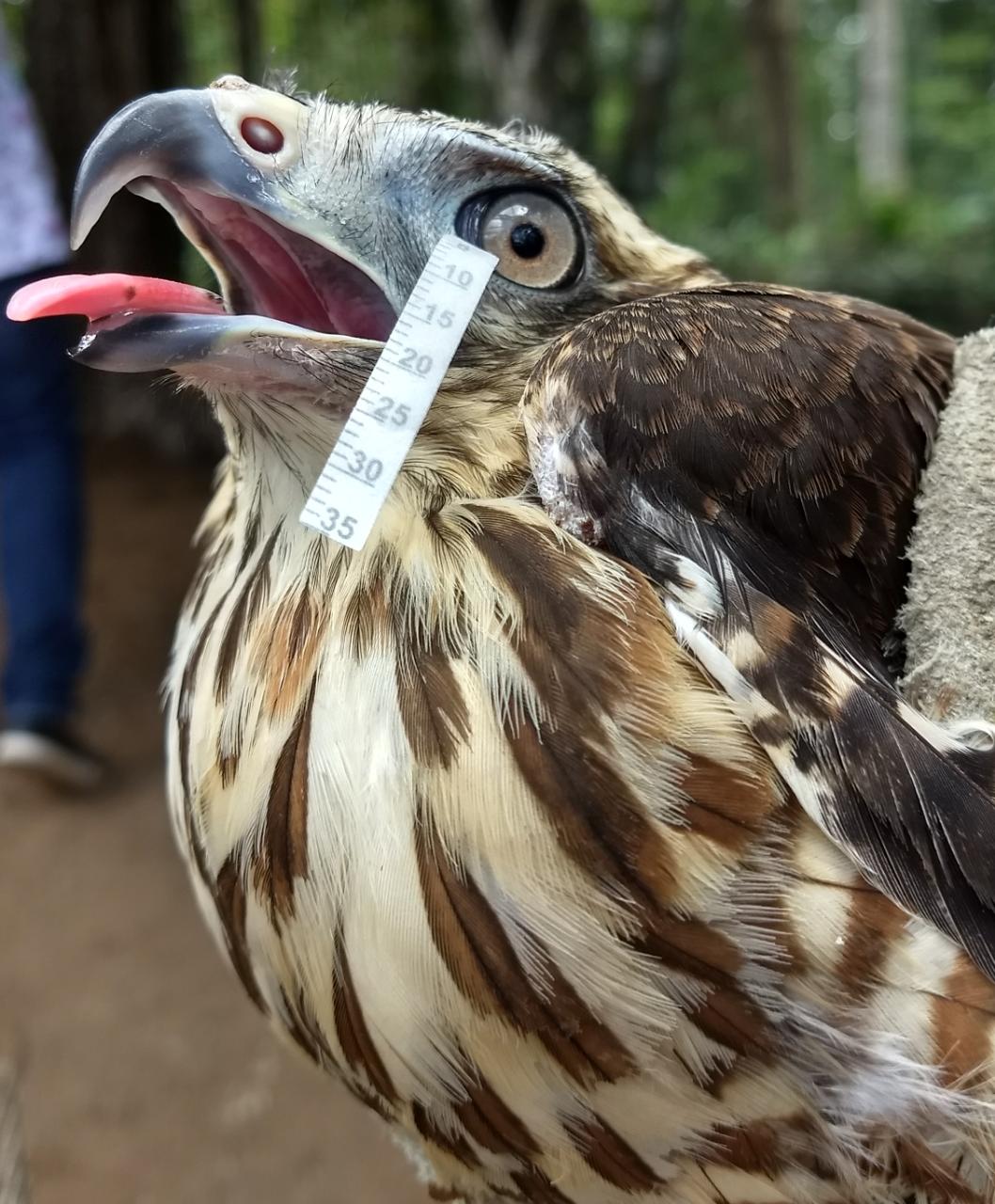Tears of birds and reptiles not much different to human tears, say scientists
Scientists say their research could help in the development of new drugs to treat eye diseases.

The tears of birds and reptiles are not that much different to human tears in terms of their chemical composition, scientists have said.
But researchers have found that when these tears dry to form crystallised substances, there are structural differences, thought to be a result of “different microelements present in the tears of wild species”.
They say knowing more about these differences could lead to better eye treatments for humans as well as shed light on the evolution of tears across different species.
The findings are published in the journal Frontiers in Veterinary Science.

Professor Arianne P Oria, of the Federal University of Bahia, in Salvador, Brazil, who is first author on the study, said that finding out how tears are able to maintain ocular homeostasis – a stable, relatively constant internal environment – in different conditions “is crucial for understanding the evolution and adaptation processes, and is essential for the discovery of new molecules for ophthalmic drugs”.
Tears are clear liquid secreted by the lacrimal glands found in the eyes of all land mammals.
While they play a crucial role in maintaining healthy eyesight in not just humans, but across all other species, only a handful of mammals’ tears have been studied.
To understand more about the role tears play in other species, the researchers studied the liquid secretions of seven captive species of birds and reptiles.
These included macaws, hawks, owls, turquoise-fronted amazon (a type of parrot), as well as tortoises, caimans (a type of crocodile) and sea turtles.
The authors also collected tear samples from 10 healthy human volunteers.
They found that all of the tear types contained similar amounts of electrolytes, such as sodium and chloride, although bird and reptile tears had slightly higher concentrations.
The researchers also looked at the crystals that formed when the tear fluid dried out.

While all the species observed had a similar tear composition, the researchers found differences in arrangement of tear crystals between the wild species and humans.
Sea turtle and caiman tear crystals were particularly unique, probably as an adaptation to their aquatic environments, the researchers said.
In human tears, thicker crystals result mainly from changes induced by the increased presence of mucus or macromolecules, the team wrote.
Prof Oria said: “Although birds and reptiles have different structures that are responsible for tear production, some components of this fluid (electrolytes) are present at similar concentrations as what is found in humans.
“But the crystal structures are organised in different ways so that they guarantee the eyes’ health and an equilibrium with the various environments.”
The researchers said that further studies with a wider range of species are needed to understand more about the role of tears.
Prof Oria said: “This knowledge helps in the understanding of the evolution and adaption of these species, as well as in their conservation.”





